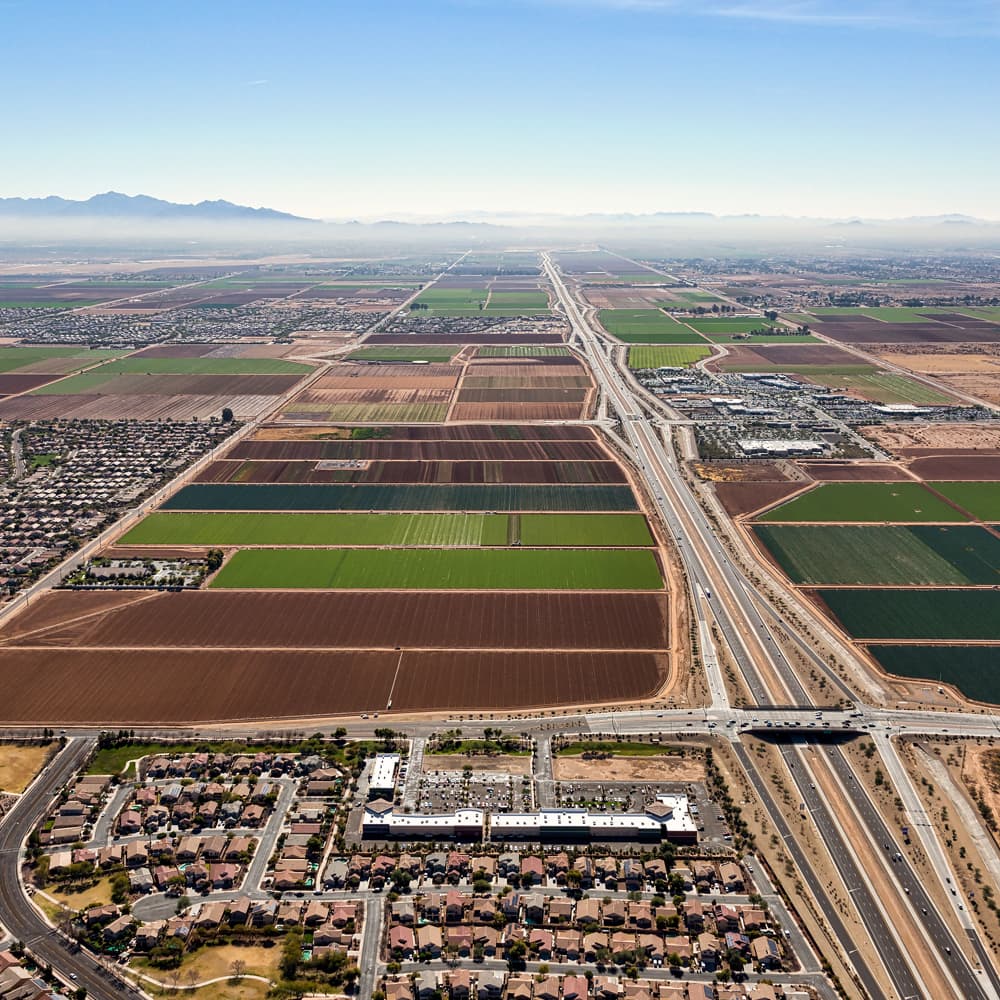AMWUA Blog
BY: Warren TenneyUnderstanding and Evaluating Safe-yield – Part Two

Through this two-part series on safe-yield, we will look back at the past, acknowledge how far we have come, and discuss the challenges we still collectively face as we move forward.
Safe-yield has been a valuable goal to motivate water users to focus on groundwater sustainability, which has led to progress in the Phoenix Active Management Area (AMA) over the first 40 years following the Groundwater Management Act (GMA). Now is the time to consider if more comprehensive goals are needed for us to address all of our current groundwater issues effectively.
The first part of this series helped to establish a baseline understanding of safe-yield and why we’ve yet to achieve the goal in the Phoenix AMA. We now want to first take a look at how the Arizona Department of Water Resources (ADWR) tracks the AMA’s safe-yield status. And then, we must also evaluate the challenges and obstacles to achieving safe-yield by 2025 and thereafter.
ADWR’s tracking of safe-yield is complicated and not straightforward, making it difficult to understand what needs to be done to reach safe-yield and thus making safe-yield less effective as a goal.
 Safe-yield is measured by balancing groundwater outflows against groundwater inflows. To calculate safe-yield, ADWR factors 13 outflow components and nine inflow components, but some components are reported actual numbers, some are estimated, and still, others are generated from ADWR’s groundwater models.
Safe-yield is measured by balancing groundwater outflows against groundwater inflows. To calculate safe-yield, ADWR factors 13 outflow components and nine inflow components, but some components are reported actual numbers, some are estimated, and still, others are generated from ADWR’s groundwater models.- So far, annual progress toward safe-yield in the Phoenix AMA has been shown to fluctuate year-over-year, making it nearly impossible for water users to interpret this information. It also poses challenges on how to determine what actions are needed when the assumptions behind the data are unclear, and the underlying cause of the variability is unknown.
- ADWR is looking at its metric to consider developing an established methodology for assessing safe-yield on a long-term basis, per its statutory definition.
- This information would better allow ADWR to target and better address those groundwater withdrawals preventing us from reaching safe-yield.
Too many elements of safe-yield are out of the State’s regulatory control. Specifically, requirements to recharge or replenish (inflows) are minimal compared to the high volume of allowable groundwater withdrawals (outflows).
 All water users – municipal, agricultural, tribal, and industrial – contribute in varying degrees to our ability to reach safe-yield.
All water users – municipal, agricultural, tribal, and industrial – contribute in varying degrees to our ability to reach safe-yield.- After the passage of the GMA, existing groundwater uses were provided grandfathered water rights, and other exceptions were made that allow for the continued use of groundwater in all sectors.
- In fact, the majority of water users are not required to reduce or offset their groundwater use at all -- only new growth that is regulated by the 100-year assured water supply program .
Even if calculating safe-yield was simplified and increased requirements for recharge and replenishment were in place, the safe-yield goal still doesn’t address all the groundwater management issues we face.
- Localized groundwater supply and demand imbalances would still exist even if safe-yield was achieved AMA-wide.
- If we are to achieve sustainable groundwater management in the future, we need to have more comprehensive, attainable goals and ensure ADWR has the authority to develop regulations and programs to reach them.
In addition to this blog, AMWUA recently produced an analysis to clearly explain how ADWR calculates safe-yield and discuss how safe-yield has functioned as the goal in the Phoenix AMA. The objective was to increase the understanding of safe-yield and also contribute to the current dialogue initiated by ADWR so that we can work with ADWR and the water community to improve upon the management goal.
Moving forward, AMWUA intends to work with ADWR to develop policy proposals that address the current barriers to safe-yield and to develop future management goals. The GMA enabled us to make progress, but now it's time to build on its successes and deal with the lingering issues that require all water users to do their part to sustain our groundwater resources for the long-term.
Read AMWUA’s complete analysis of safe-yield as the management goal for the Phoenix AMA HERE .
Read Understanding and Evaluating Safe-yield – Part One HERE .
For over 50 years, the Arizona Municipal Water Users Association has worked to protect our member cities’ ability to provide assured, safe, and sustainable water supplies to their communities. For more water information, visit www.amwua.org .
Sign up for the AMWUA Blog:
Sign Up Now For Email Newsletters you can trust.
